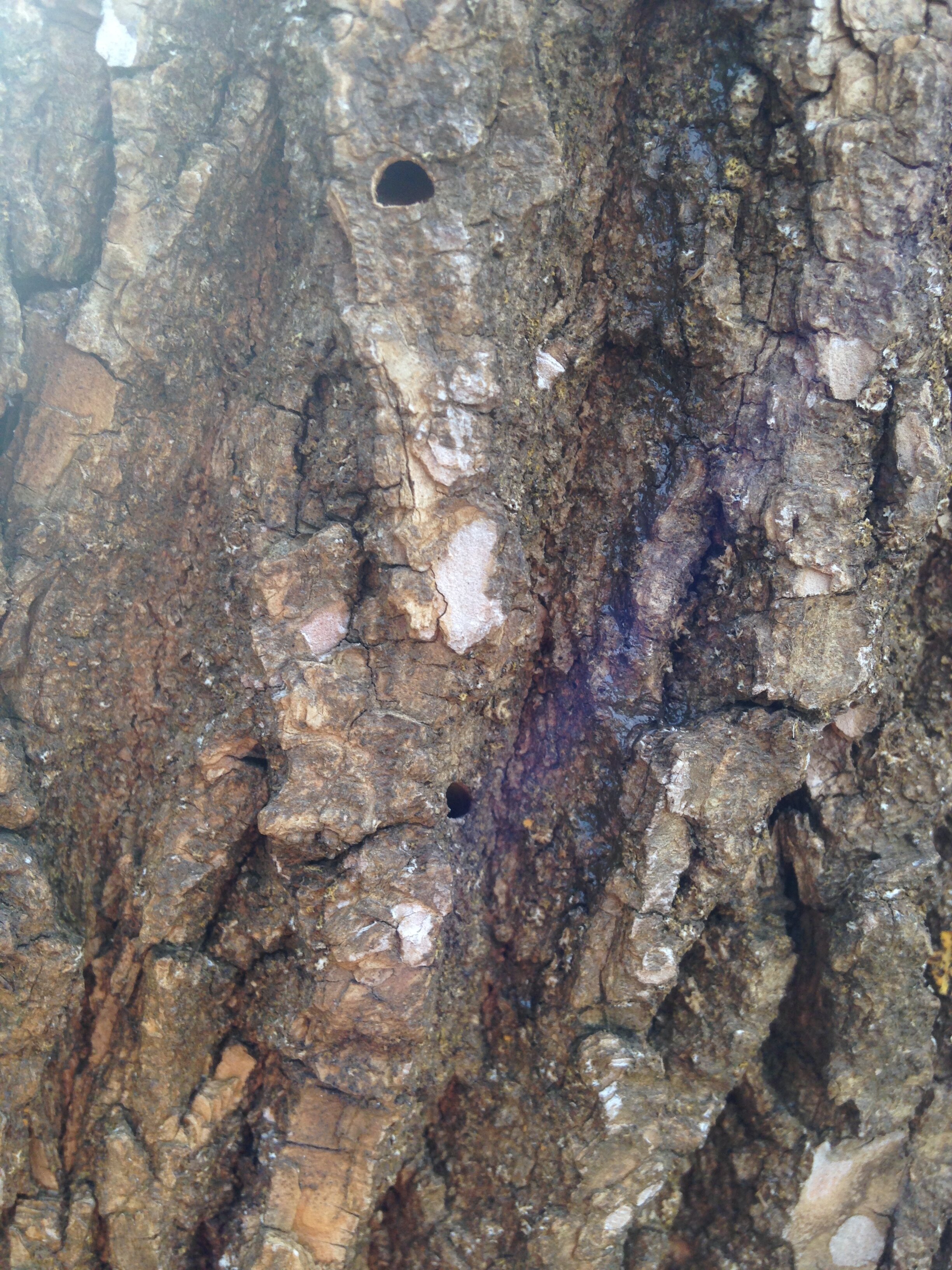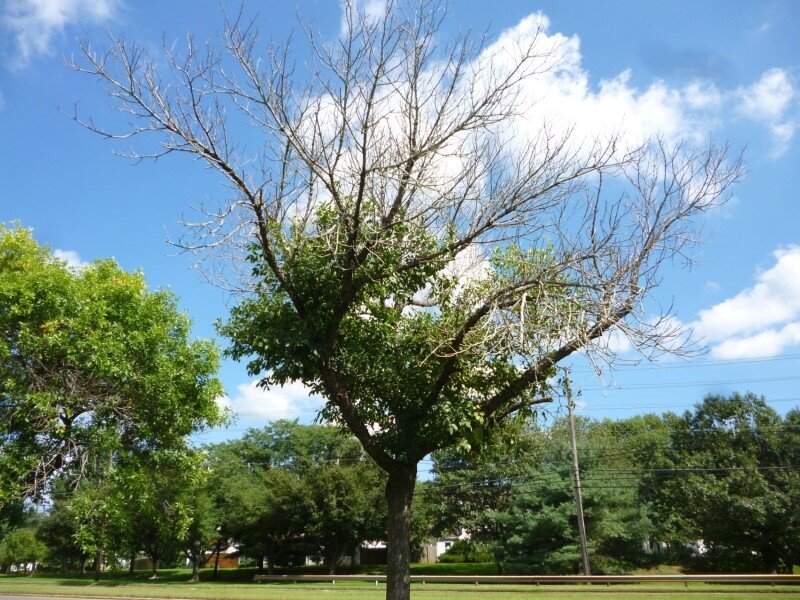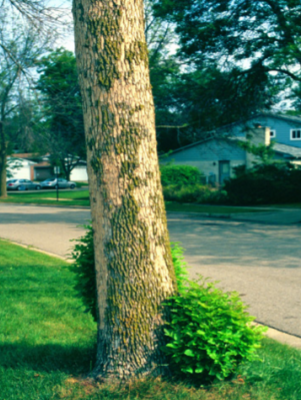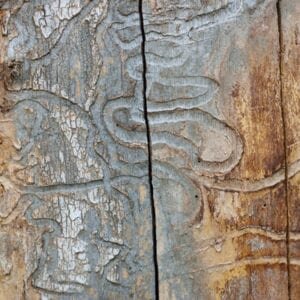by nashtreefound
Share
Share
Emerald Ash Borer In Nashville
What is eab?
The emerald ash borer (EAB) is an invasive beetle that was first reported in the Detroit, Michigan area in 2002. It is believed to have migrated to North America in packing materials. Since introduction, the pest has spread outward from the Great Lakes area, destroyed tens of millions of trees across 30 states.
As the name implies, emerald ash borer impacts ash trees, a native species common across the eastern United States. The beetle bores into ash trees, and its larvae feed on the tree’s vascular tissue, which cuts off the flow of water and nutrients, ultimately killing the tree. EAB has a 100% mortality rate within ten years of introduction.
EAB was first spotted in Davidson County in 2014. Ash trees are extremely prevalent in the Nashville area, comprising more than 10% of the total canopy in parts of the county.
What does an ash tree look like?
Pinnately compound leaves with 5-11 leaflets
Oar shaped fruit in clusters on female trees
Leaves and branches appear opposite on the tree trunk
Mature ash trees have distinctive braided or diamond patterned bark
how do I know if my tree is infested with eab?
-
D-shaped exit holes on the trunk
-
Canopy dieback
-
Suckers at the base of the trunk
-
Woodpecker activity and flecking
-
Serpentine tunneling visible under the bark
What to do: treat, remove, leave
You have a few options – TREAT, REMOVE, or LEAVE IN PLACE. Treating ash trees by trunk injection is the best method; you do not have to cover your yard or drill through the tree, which is damaging. Removing ash trees is recommended for infested trees that could pose a public hazard or for treatments that could be cost-prohibitive. Only leave an infected ash tree in place if it will not cause any damage to people or property when it falls. Based on the characteristics of ash wood, the direction of the fall is unpredictable. In any of the above cases, contact a certified arborist or plant health specialist to develop the best plan to save your tree.
Resources
Emerald Ash Borer Information Network
Emerald Ash Borer segment on the Volunteer Gardener
Emerald Ash Borer in Davidson County
Trees in Trouble documentary. Contact trees@nashvilletreefoundation.org if your organization would like to borrow this 30-minute video from our library for your public meeting.
State on Tennessee, Division of Forestry, Emerald Ash Borer FAQ









